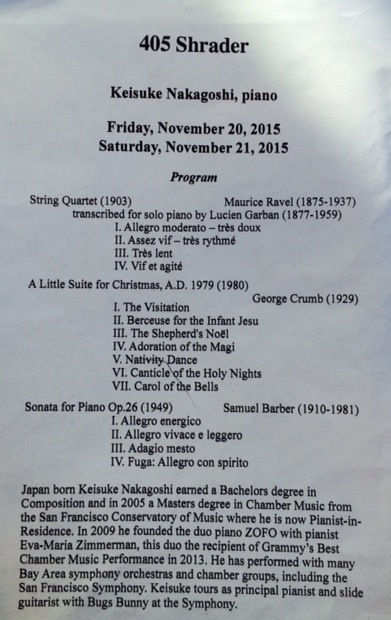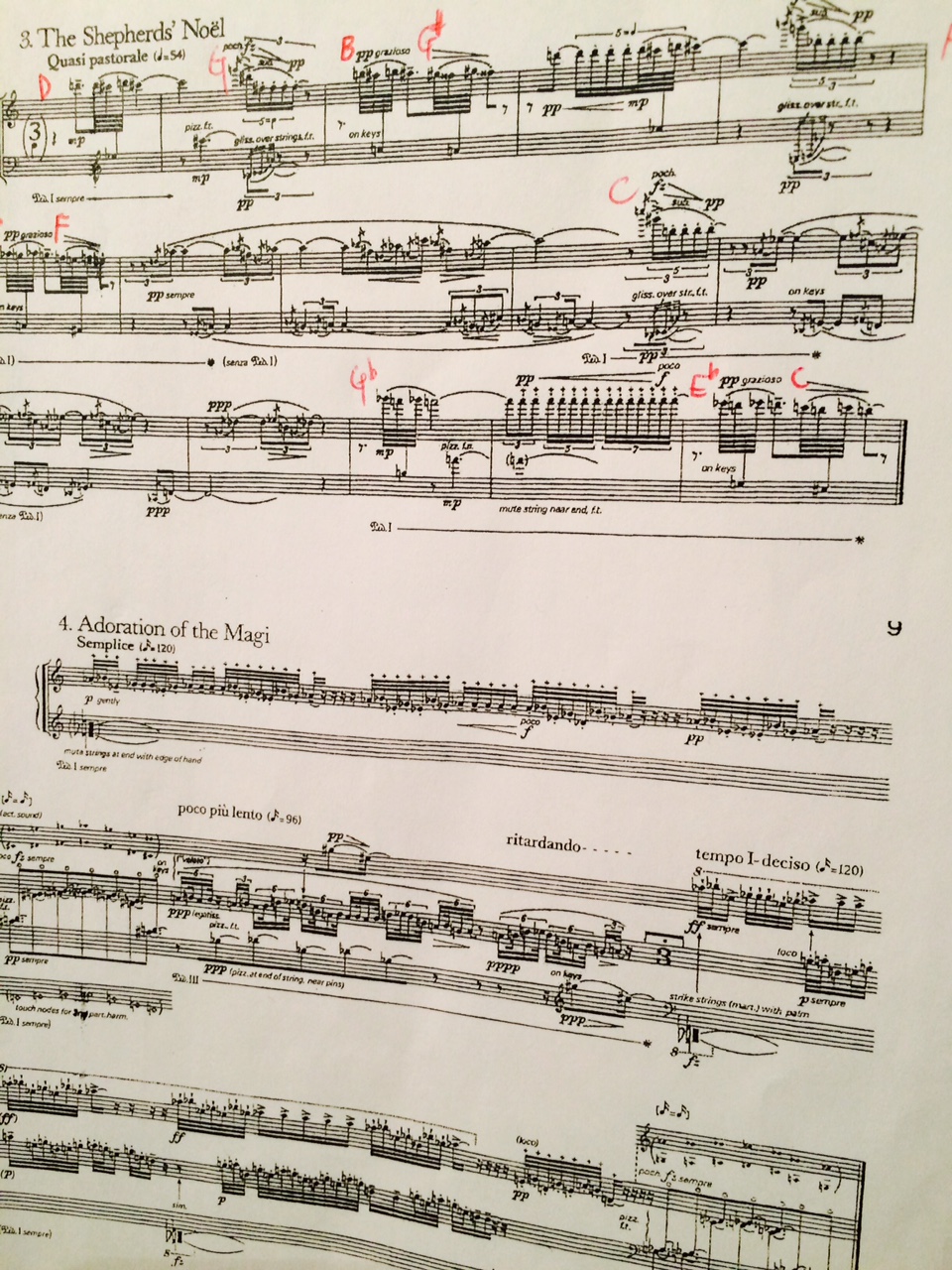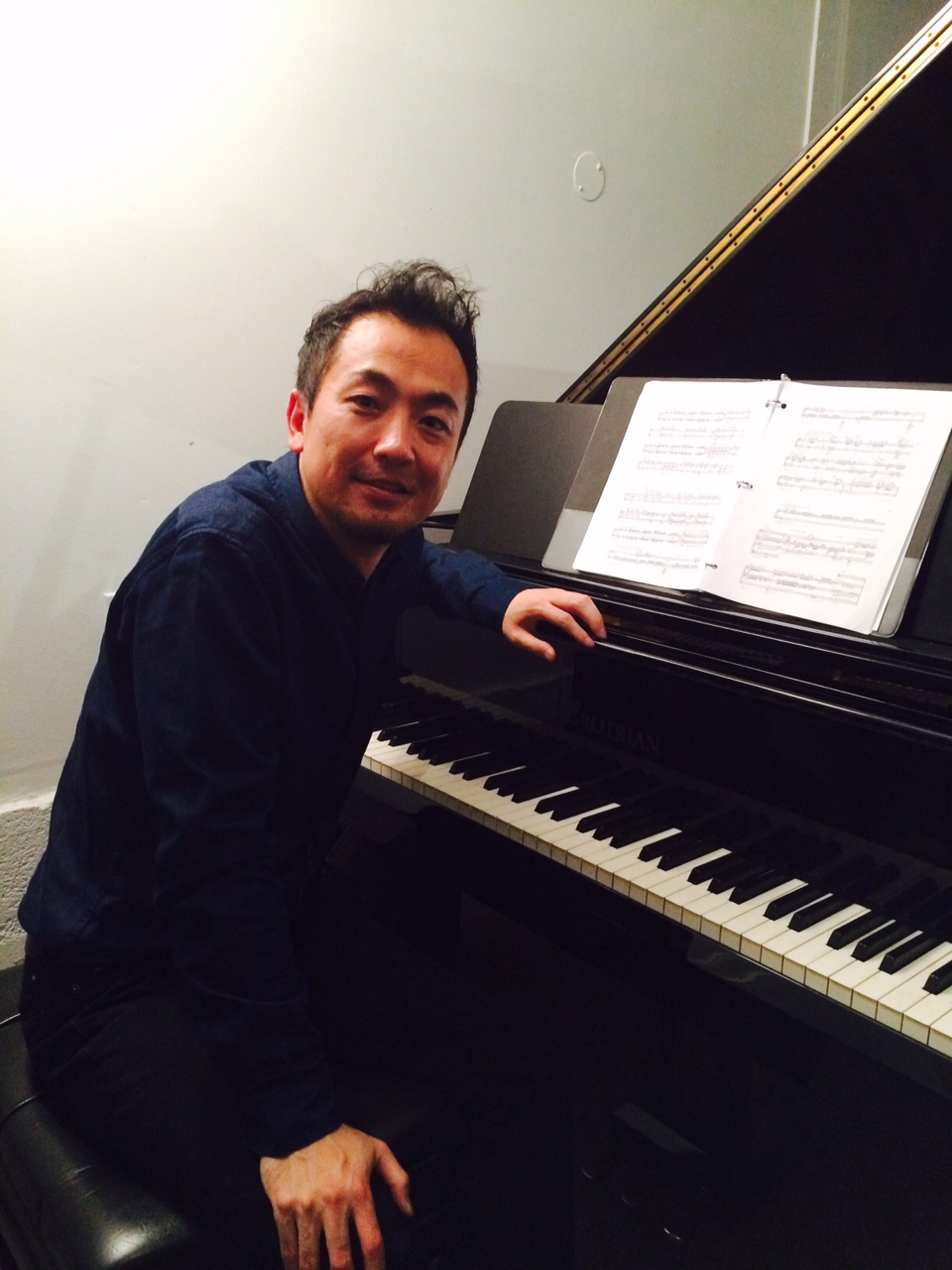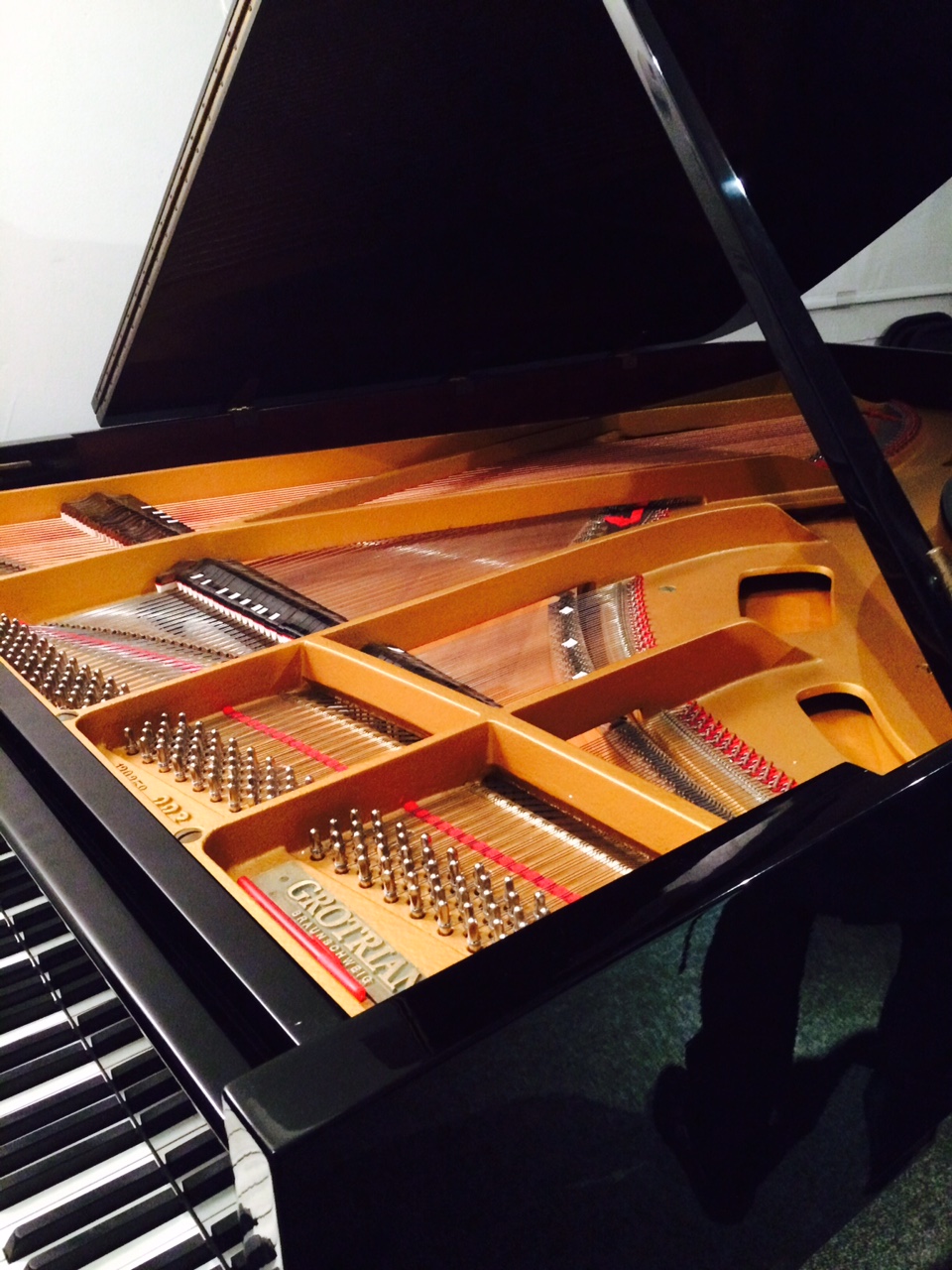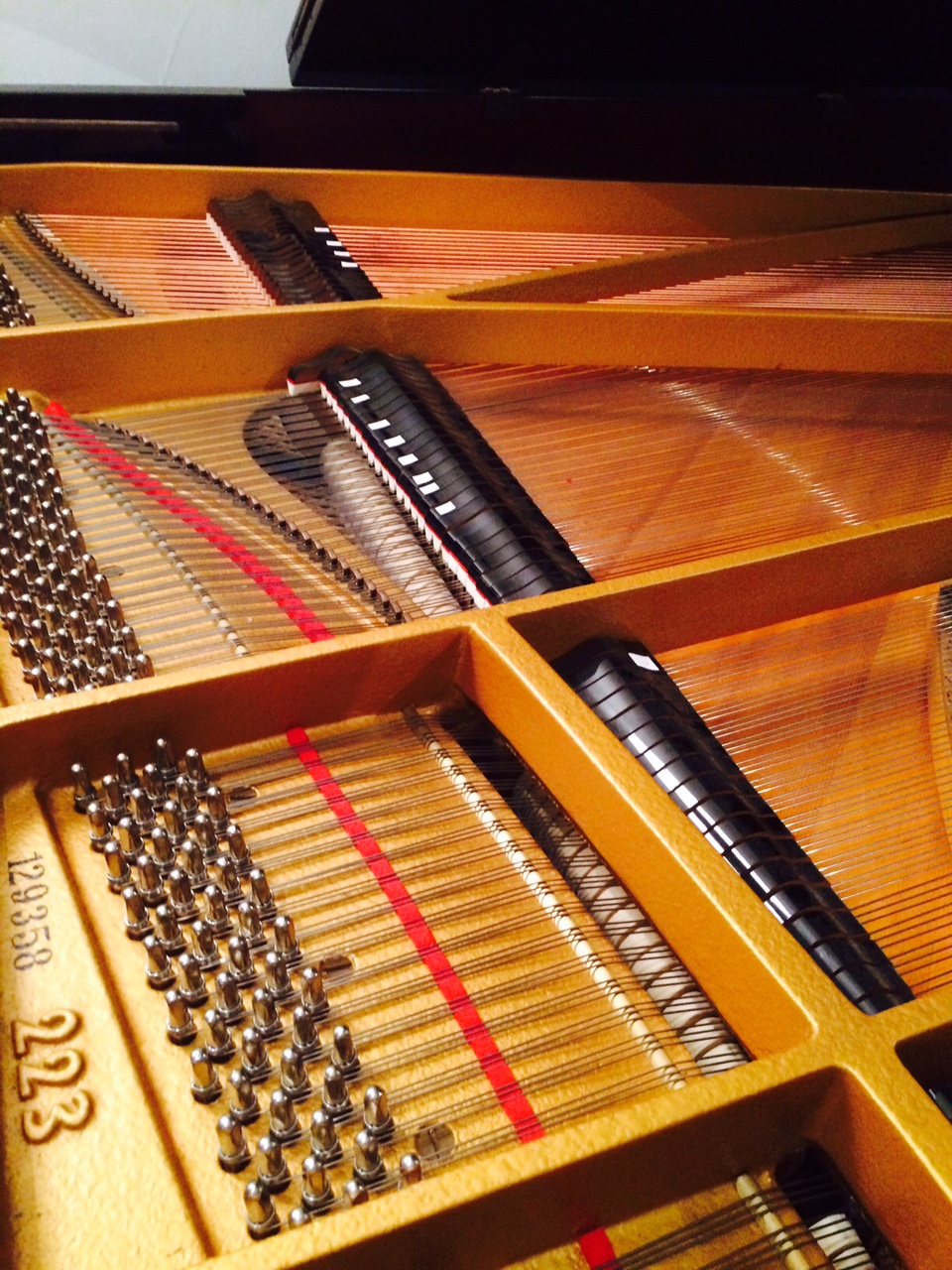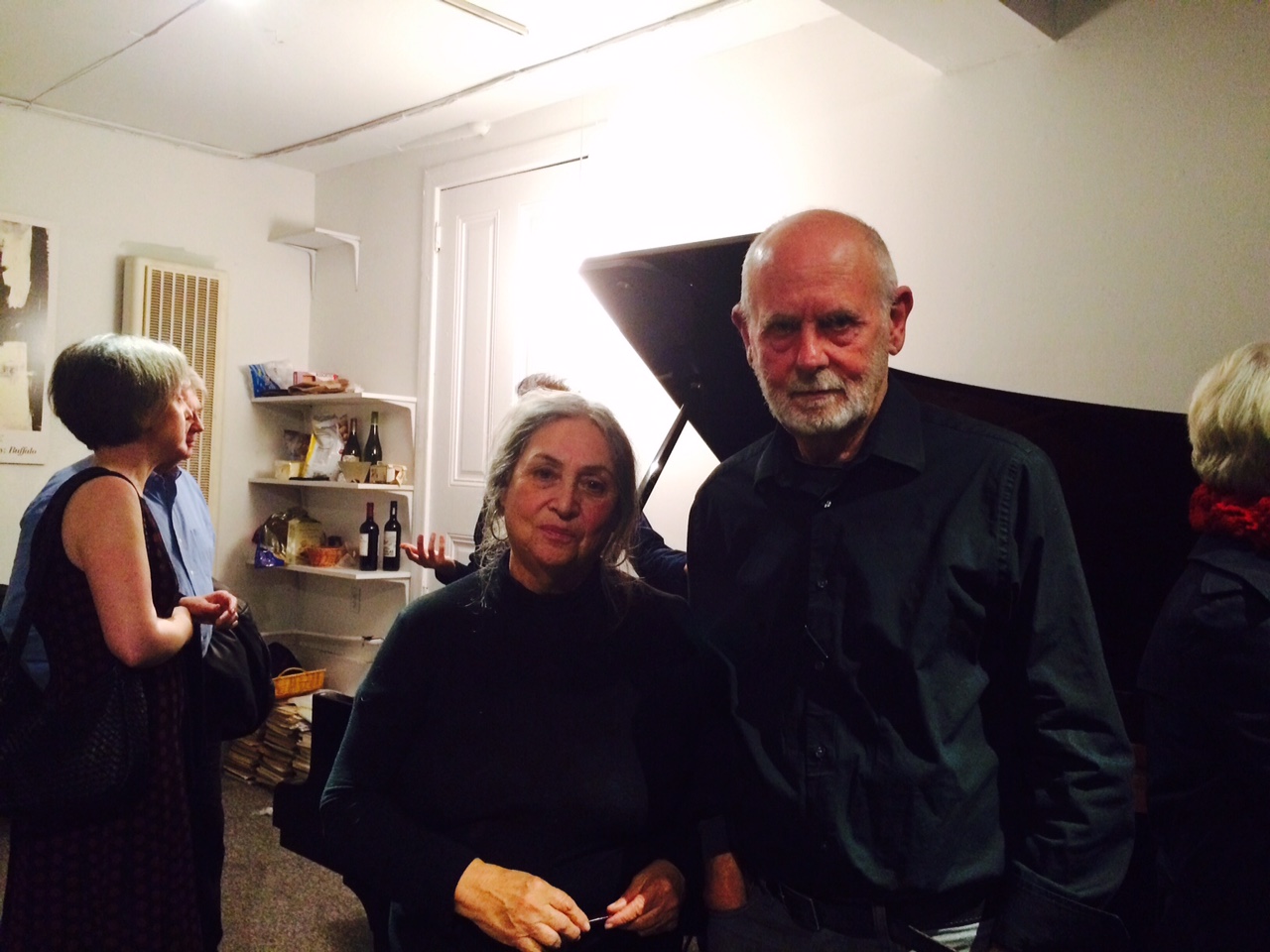I recently attended a concert hosted by Michael and Ellen Milenski at 405 Shrader in the Haight-Ashbury neighborhood in San Francisco. The space was originally a storefront before it became a practice space for Mrs. Milenski, who is a pianist. Now, Mr. and Mrs. Milenski host Fall and Spring seasons of concerts in this intimate concert room.
The performer was San Francisco’s acclaimed pianist, Keisuke Nakagoshi, whom I have known now for some years since hosting a home concert with ZOFO, the Grammy-nominated piano duo featuring Nakagoshi and Eva-Maria Zimmermann.
Michael Milenski let us know before the concert that Nakagoshi’s program was unusual in that it featured pieces of extreme technical difficulty that are rarely performed in concert.
Nakagoshi began the program with Ravel’s string quartet in F major transcribed for solo piano by Lucien Garban, who was a close friend of Ravel’s.
I have always been a fan of Ravel’s music. The wide experimentation of textures and harmony create colors that are surprising but capture perfectly the organized-disorderliness of life that marks Ravel’s work.
The first movement, allegro moderato, is constructed on a fairly traditional sonata form, taking us through opposing moments of tranquility and tension. Assez vif (rather fast) is a lively scherzo famous for its opening of frenzied pizzicatos. After a fully active journey, the third movement, trés lent (very slow) brings us into a serene atmosphere, beginning a new, beautiful story. The fourth movement, vif et agité (lively and agitated), is a chaotic dance crashing into an uproarious ending.
Nakagoshi expressed each movement distinctly like an actor making a costume change, taking me through each scene on an imaginative adventure.
Nakagoshi playing the keys, strings, and hammers.
Next, Nakagoshi played “A Little Suite for Christmas” by George Crumb. This piece utilizes not only the keys, but also the strings inside the piano. During the seven-movement piece, Nakagoshi was busy standing up and down, controlling the keys, strings and hammers. The resulting sounds ranged from chamberlin, xylophone, drum, and an ancient Asian stringed instrument.
This piece was like a talent show for the piano, showing that instruments are objects for making sound and that we don’t always have to be constrained by traditional notions of performance. I was very impressed and fascinated by this creative approach to the piano.
The last piece was the sonata for piano by Samuel Barber. It was interesting to compare Nakagoshi’s interpretation of each movement with my own:
First movement (allegro energico)
Nakagoshi - slimy, gross, dripping, yet beautiful; Keiko - fairy gets trapped by a witch and struggles to escape
Second movement (allegro vivave e leggero)
Nakagoshi - light, like a feather; Keiko - busy daily life
Third movement (adagio mesto)
Nakagoshi - creepy, smashing climax in the middle; Keiko - fear of being terminally ill
Fourth movement (fuga: allegro con spirito)
Nakagoshi - layers of voices, getting wild; Keiko - the first few measures reminded me of Bach’s Inventions - yes, layers of voices! And Nakagoshi made it much wilder!
It was my first experience hearing this type of piano, a Grotrian, made by the prestigious German firm founded in 1835. It has a warm, intimate sound that ports well the unique sonority of the pieces performed.
After the concert, I chatted with Nakagoshi and he shared with me his excitement when he discovered the Ravel String Quartet transcribed by Garban, Crumb's musical sound journey, and the voices of Barber's Sonata for Piano. I sincerely appreciated his passion for these pieces and his excitement in sharing them with us.
He told me that during the first movement of Ravel, a moth began flying over the keyboard. After a while, it went away, but came back again for the last movement. He admitted that it was difficult to concentrate because he wasn’t sure what to do about the moth. All that I can say is that Nakagoshi is indeed a professional: none of his moth-confusion was evident during the performance.
I was amazed to see how Nakagoshi became part of the music when he played, completely forgetting himself and turning himself over to the personality of each piece. Like a magician, he transformed himself into the music, drawing us with him into another world.



